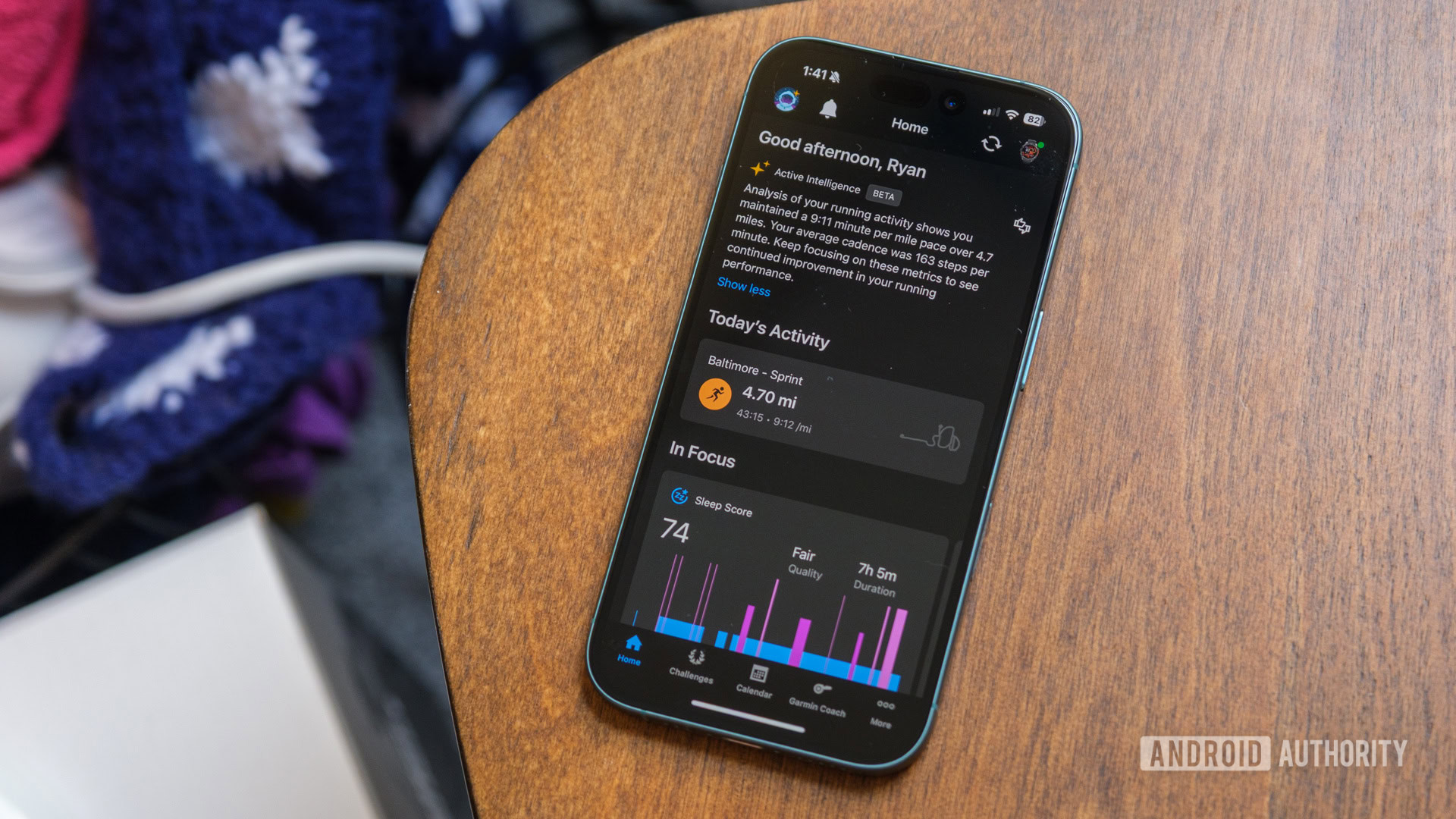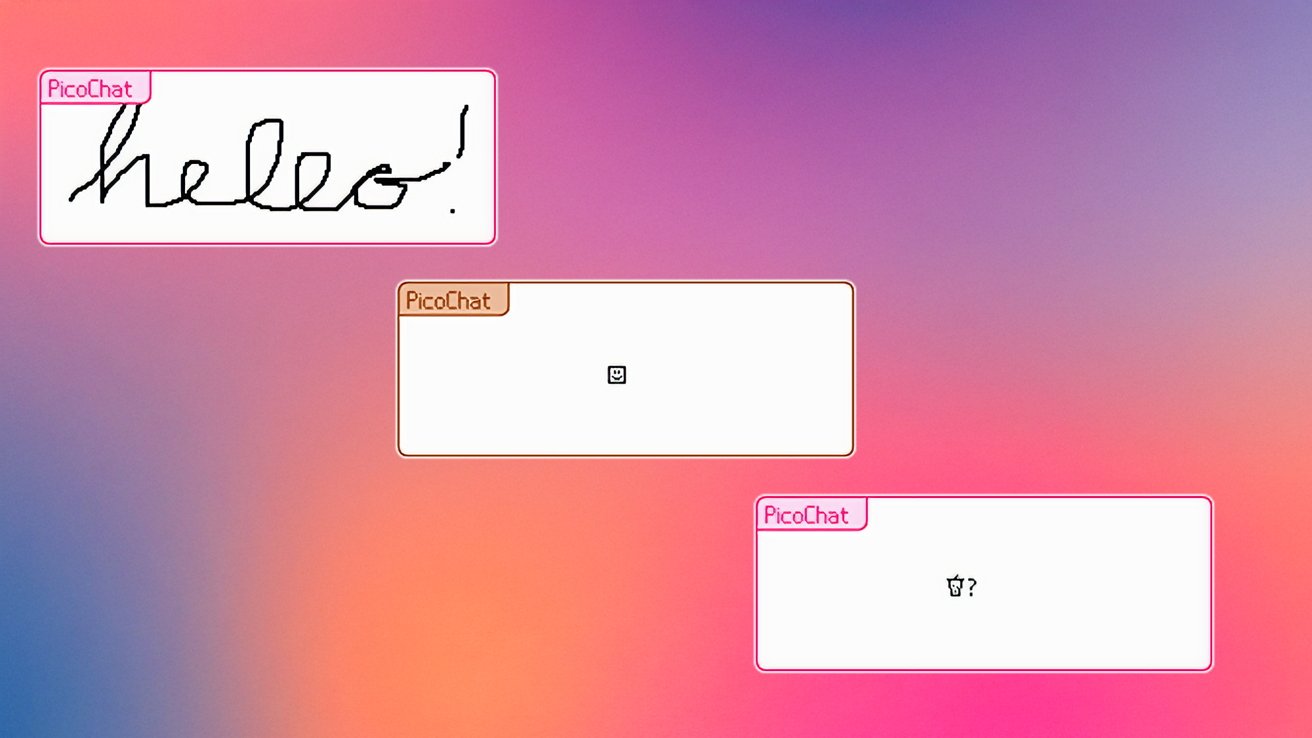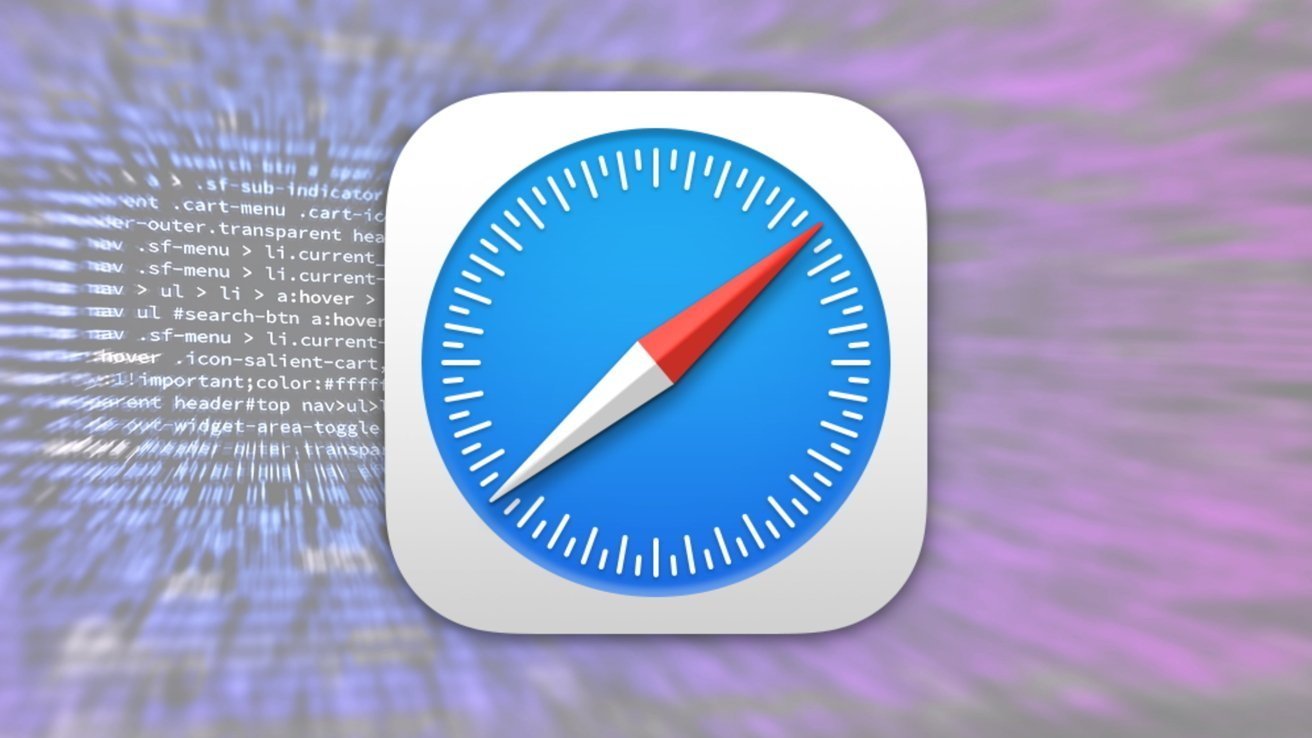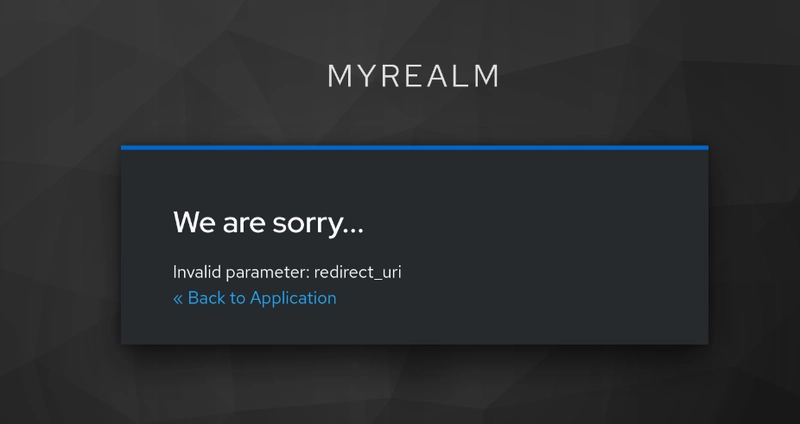How to quickly transform multi-layer sets in JSON strings
There is a 2-layer JSON string with multiple dynamic key values in the lower layer, excluding set/array types. {"Games": {"key1": "value1", "key2": value2,"key3":value3}} Now we need to transform the lower layer into a set of multiple layers. {"Games":{"AllGames":[{"key1":["value1"]},{"key2":["value2"]},{"key3":["value3"]}]}} SQL itself does not support multi-layer data, making it more difficult to express multi-layer sets, and the indirectly implemented code is very complex. SPL naturally supports multi-layer data and multi-layer sets: Try.DEMO A1: Automatically parse the multi-layer JSON string into SPL table sequence. After clicking and expanding, you can see that the upper layer is a single field record, and the lower layer is a multi-field record. A2: Take the lower-layer data (one record), change the type to a set of records, and then transpose it to a two-layer sequence. […] represents a set, function E can convert a set of records into a two-dimensional sequence, and @ p represents transposition during conversion. A3 code: A2.(eval(“new([~2]:”/ ~1 /“)”)) Convert the sequence in A2 into a multi-layer set. The eval function can execute strings as code, while the new function (field value: field name) can generate a record, where ~ represents the current member of the sequence and ~1 represents the first sub-member. The calculation results are shown in the following figure: new(new(…:AllGames):Games) Add two layers of record types on top of a multi-layer set to construct the target table sequence. A4: Finally, use the JSON function to convert the table sequence into the target JSON string. esProc is free. Download~~

There is a 2-layer JSON string with multiple dynamic key values in the lower layer, excluding set/array types.
{"Games": {"key1": "value1", "key2": value2,"key3":value3}}
Now we need to transform the lower layer into a set of multiple layers.
{"Games":{"AllGames":[{"key1":["value1"]},{"key2":["value2"]},{"key3":["value3"]}]}}
SQL itself does not support multi-layer data, making it more difficult to express multi-layer sets, and the indirectly implemented code is very complex. SPL naturally supports multi-layer data and multi-layer sets:

A1: Automatically parse the multi-layer JSON string into SPL table sequence. After clicking and expanding, you can see that the upper layer is a single field record, and the lower layer is a multi-field record.
A2: Take the lower-layer data (one record), change the type to a set of records, and then transpose it to a two-layer sequence. […] represents a set, function E can convert a set of records into a two-dimensional sequence, and @ p represents transposition during conversion.

A3 code: A2.(eval(“new([~2]:”/ ~1 /“)”)) Convert the sequence in A2 into a multi-layer set. The eval function can execute strings as code, while the new function (field value: field name) can generate a record, where ~ represents the current member of the sequence and ~1 represents the first sub-member. The calculation results are shown in the following figure:
new(new(…:AllGames):Games) Add two layers of record types on top of a multi-layer set to construct the target table sequence.

A4: Finally, use the JSON function to convert the table sequence into the target JSON string.
esProc is free. Download~~











































































![Beats Studio Pro Wireless Headphones Now Just $169.95 - Save 51%! [Deal]](https://www.iclarified.com/images/news/97258/97258/97258-640.jpg)














































































































































































































































![[The AI Show Episode 146]: Rise of “AI-First” Companies, AI Job Disruption, GPT-4o Update Gets Rolled Back, How Big Consulting Firms Use AI, and Meta AI App](https://www.marketingaiinstitute.com/hubfs/ep%20146%20cover.png)































































































































































































-Pokemon-GO---Official-Gigantamax-Pokemon-Trailer-00-02-12.png?width=1920&height=1920&fit=bounds&quality=70&format=jpg&auto=webp#)

































































